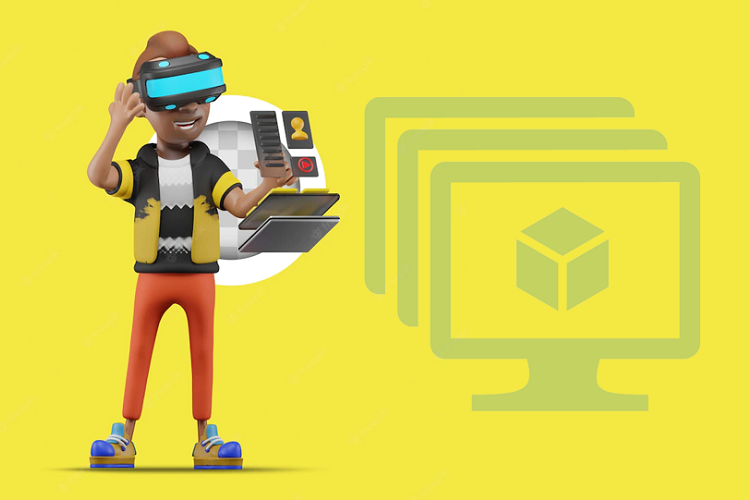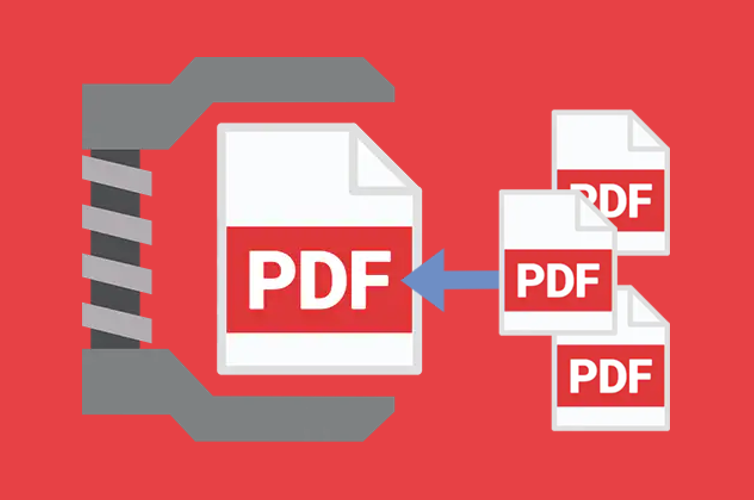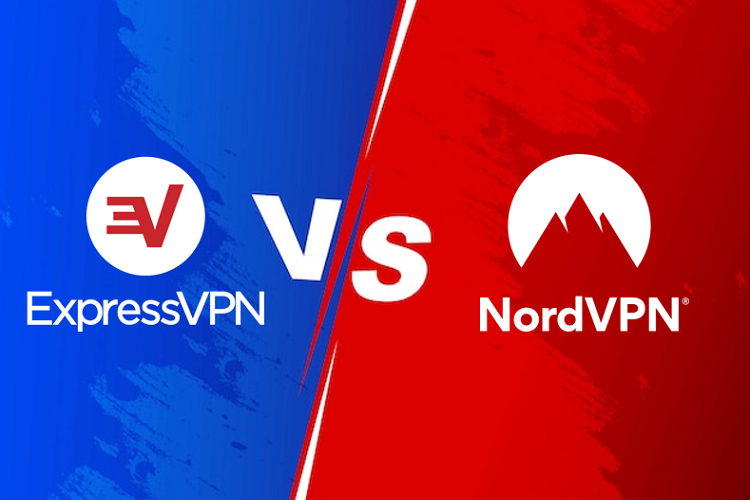We have complied list of the top virtual machine software for Windows, Mac, and Linux PC. In the list we included free and paid options to choose the best virtual machine software.
Virtual machines have turned into a significant piece of digital world, not least for business and particularly for distributed computing. Nonetheless, virtualization is something accessible to home clients also.
For individual use, virtualization empowers clients to run different working frameworks on their home PC, like running Windows on a Mac or running Linux on a Windows PC – as well as the other way around.
A critical benefit of running a virtual machine is that it permits you to run applications that would, some way or another, not be accessible due to having altogether different framework necessities, which is one specific motivation behind why virtualization has become so significant in business.
Another, shockingly, is security worries, as malware can’t run as expected in a virtualized climate and frequently will close down on the off chance that it recognizes it is in one.
In general, virtualization has turned into a helpful asset in figuring and IT, and here we’ll highlight the best virtual machine Software.
List of the 10 best virtual machine software
1. VMware Workstation Player
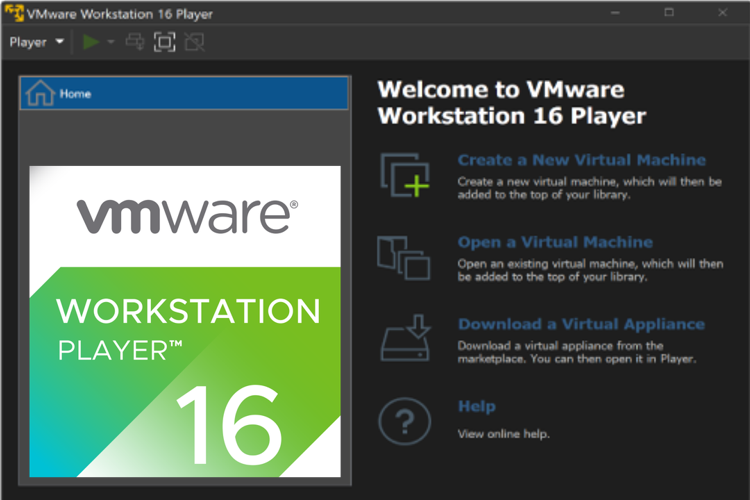
VMware offers a highly complete choice of virtualization items, with Fusion for the Apple Mac and Workstation Player for the PC.
Notwithstanding the name contrast, these two items offer a similar arrangement, however custom-made to each host OS.
VMware Workstation Player is basically used for running single virtual machines on windows and Linux platforms.
Being one of only a handful of exceptional hosts that upholds DirectX 10 and OpenGL 3.3, it permits CAD and other GPU sped-up applications to work under virtualization.
Workstation Player for Windows or Linux is free for individual use; however, Pro is needed for business clients and those needing to run confined VMs made utilizing Pro or Fusion Pro.
2. VirtualBox
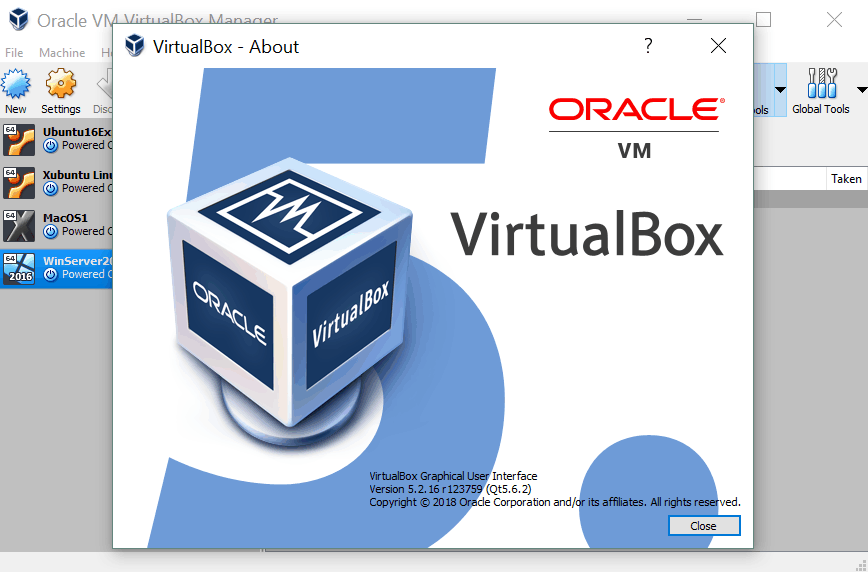
Not sure what working frameworks you are probably going to utilize? Then, at that point, VirtualBox is a decent decision since it upholds an extensive determination of host and customer mixes.
Windows after XP version, any Linux level 2.4 or better, Windows NT, Server 2003, Solaris, OpenSolaris, and even OpenBSD Unix. There are even individuals that nostalgically run Windows 3. x or even IBM OS/2 on their advanced frameworks,
It likewise runs on Apple Mac, and for Apple clients, it can have a customer Mac VM meeting.
Prophet has been caring to support VirtualBox and give a wide choice of pre-fabricated engineer VMs to download and use at no expense.
VirtualBox is, as a rule, effectively created with continuous deliveries and has a constantly developing rundown of highlights, upheld visitor working frameworks, and stages it runs on. VirtualBox is a local area exertion kept by a devoted organization: everybody is urged to contribute while Oracle guarantees the item generally meets professional quality standards.
What’s more, this is free, even the Enterprise discharge.
3. Parallels Desktop
Boot camp is Apple’s free instrument for running a Virtual meeting under macOS, yet those that need to do this consistently use Parallels Desktop, presently possessed by Software behemoth Corel.
It empowers clients to flawlessly run Windows close by macOS for those abnormal minutes when they need Software that major deals with that stage.
A couple of the rich things that Parallels can do is make Windows cautions show up in the Mac notice focus and work a brought-together clipboard.
Most Mac clients consider Parallels an instrument solely for utilizing Windows. Yet, it very well may be used to have a broad scope of Linux distros, Chrome OS (which the best Chromebooks run), and surprisingly other (and more seasoned) forms of Mac OS.
The most minimal bar is the entire release. Over that is a Pro version that can address more memory and supports advancement conditions like Microsoft Visual Studio. Furthermore, a Business Edition that incorporates concentrated permits the executive’s devices for IT experts to utilize.
4. KVM
Best for full virtualization of applications on x86 PCs running Linux OS.
Part-based Virtual Machine (KVM) is an open-source VM application that is reasonable for virtualizing x86-64 Linux conditions. The application comprises a center virtualization foundation for various modules. You can run unmodified Windows and Linux pictures on the free virtual machine application.
The best part of using KVM is that it runs on Linux, Illumos, and FreeBSD. Supports Windows, Solaris, FreeBSD, Linux, React OS, Plan 9, and OS X.
KVM upholds x86 models that can be ported with various processors. The VM application includes live relocation, have visitor correspondence, and hotplug support. It is the suggested application for establishing virtualized conditions on Linux working frameworks. It is completely free to use.
5. QEMU
QEMU is a free and open-source hypervisor. It imitates the machine’s processor through unique double interpretation. It gives various equipment and gadget models for the device, empowering it to run an assortment of visitor working frameworks. It can interoperate with Kernel-based Virtual Machine (KVM) to run virtual machines at close local speed. QEMU can likewise do copying for client level cycles, permitting applications incorporated for one engineering to run on another. QEMU can save and reestablish the condition of the virtual machine with all projects running. Visitor working frameworks needn’t bother with fixing to run inside QEMU.
This item marginally varies from other VM arrangements because it is both a VM have and a machine emulator. Alongside x86 PC, QEMU can imitate PowerPC, MIPS64, ARM, SPARC (32 and 64), MicroBlaze, ETRAX CRIS, SH4, and RISC-V, among others.
It figures out how to do this without chairman honors, and the exhibition of VMs running on it is near that of local establishments.
QEMU needs any refined connection point devices, depending on CLI contributions, to introduce and arrange VM customers.
Right now, it is additionally simply ready to have on Linux, regardless of whether it can run a broad scope of working frameworks under that.
6. Citrix Hypervisor
Strangely, Citrix Hypervisor began life as an open-source project, and right up ’til today, it stays allowed to download and introduce. Or then again, instead, the basic form is free, yet progressed highlights are limited to paid level deliveries.
It was paying clients to get modern administration apparatuses, the capacity to computerize, and appropriate live conditions freely. Likewise, it has the GPU go through and virtualized GPU capacities, permitting it to offer virtualized CAD.
The other push of XenServer is to make virtual server farms that can deal with arranged and spontaneous blackouts similarly efficiently and keep up with the undeniable degrees of accessibility that business anticipates.
7. Google Cloud Compute Engine
Best for secure and adjustable virtualization on numerous stages.
Google Cloud Compute Engine is progressed virtualization Software. The VM application is appropriate for the proficient application and web improvement firms to test online applications in modified conditions. The internet-based cloud application permits running virtualized in a local climate. It offers a holder improved OS that allows a stable virtual testing climate.
This VM Software has High memory backing of up to 12TB. It has tendency to Figure serious responsibilities. It comes with Pre-emptible machines and needs Private registering
New Google Cloud clients get $200 credit to test the VM Software application. Paid individuals get free f-1 miniature occurrence that isn’t charged. The application allows you to run applications on Google climate, as it were. Site engineers can utilize the VM application to convey destinations in a protected virtualized atmosphere. Preliminary trail of 90 days is available to test the software performance.
8. Xen Project
Xen Project is a free and open-source virtual machine screen (VMM), planned to fill in as a kind one hypervisor for a long-time framework utilizing a piece of similar equipment. It was initially created by Cambridge University, the staff who made it turned it into an organization subsequently obtained by Citrix. The Xen Project presently works with The Linux Foundation in advancing open-source applications.
It is mainly utilized for cutting-edge virtualization, not least for servers, in both business and open-source conditions. However, this incorporates isn’t limited to Infrastructure as a Service (IaaS) applications, work area virtualization, and security virtualization. The Xen Project Software is, in any event, being utilized in auto and avionics frameworks.
The assistance is particularly relevant for hyper-scale mists and can undoubtedly be utilized with AWS, Azure, Rackspace, IBM Softlayer, and Oracle. A key accentuation is on security by using as little a codebase as could be expected, making it secure as well as remarkably adaptable.
9. Microsoft Hyper-V
Initially codenamed Viridian, and afterward, Windows Server Virtualization, it was rebranded to Hyper-V Server when first delivered in late 2008.
Nowadays, it comes as a component of Windows 10 Pro and Windows Server (2012 and 2016), at no extra expense for the client.
In any case, what you get to no end is an exceptionally essential hypervisor that can’t do the tricky things that VMware offers.
The visitor OS support incorporates Windows Server, Windows XP SP3 or later, Linux with a 3.4 or better Kernel and FreeBSD. Although driver support for Linux isn’t incredible, there is no virtual GPU support.
Hyper-V generally permits unpracticed clients to establish a virtual server climate. However, they don’t anticipate wonders.
10. Red Hat Virtualization
Best for significant business level virtualization for a containerized or cloud-local climate.
Red Hat Virtualization is a paid VM Software that flaunts progressed functionalities. The VM application permits establishing another virtual climate or clones a current one. A local area-fueled open-source arrangement conveys high-performing Kubernetes, Linux, and cloud conditions.
Red Hat Virtualization is a Cloud-local virtualization that actively works in a Containerized climate. This software Upholds asset concentrated applications.
Red Hat Open Shift support. Red Hat Virtualization is proficient in virtualization Software. You can establish a virtualized climate on Windows and Linux OS. Preliminary trail of 60 days is available to test the software performance.
Conclusion
We have checked open-source and best free virtual machine software. VirtualBox and Oracle VM are suggested free applications for establishing virtualized conditions. If you need greater adaptability, you can attempt the open-source VM applications incorporating QEMU and Xen Projects.
Massive firms can choose paid virtualization applications like VMware Fusion and Red Hat Virtualization.

